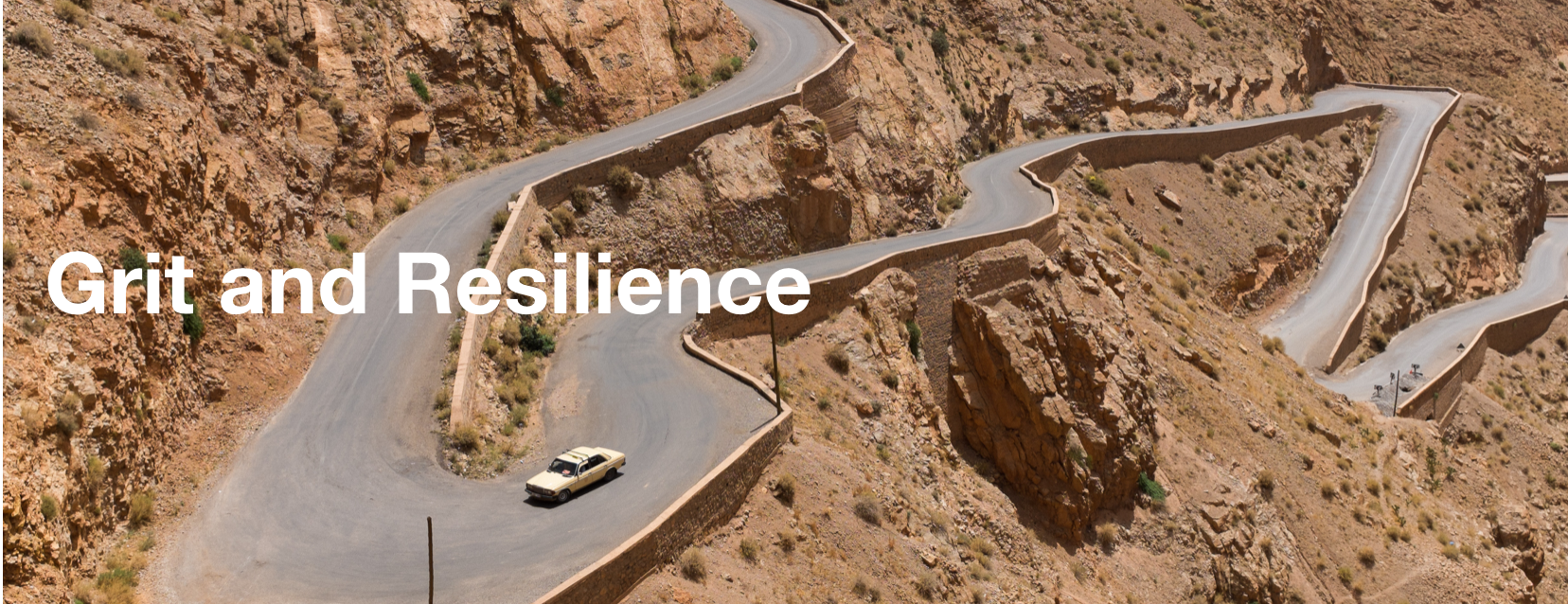Have you ever seen a toddler making her first steps? How did she walk? Her first steps were so wobbly, and you probably saw the toddler falling on her bum, looking surprised at what just happened.
Yes I get to the point…
She probably sounded a bit annoyed, but then tried to get back up. Toddlers just keep on trying until they are able to walk, run, and jump. We have all been like that, and we are all still like that. After all, we are human. We learn, we struggle, we fall and get back up, in everything we do and everything we learn.
And this is why this matters:

This perseverance of combined effort for a long-term goal or end state is called grit. However, over time, some people tend to lose that grit.
And it seems that it has to do with the strength of a second element, which is resilience. Resilience is the capacity to recover quickly from difficulties, the capacity to bounce back to its intended state.
We all know that nothing ever goes as planned. We all hit roadblocks. Some people even claim that the obstacle is the way. This means that those roadblocks we all hit, actually help us bringing to where we are now, and how we can evolve. However, the response to such roadblocks will define how we evolve and who we become.
I was stuck for a while.
I got hit by a number of roadblocks in short succession, and basically didn’t leave my home office during the day for a number of months.
But then I realised this is useless what I was doing. I sought and found help in the form of an energy practitioner, I returned to practise karate and accelerated again.
Angela Lee Duckworth did research of how grit works, and published the results in her book aptly called… Grit. It is a fascinating read.
For example, she refers to experiments that Marty Seligmand and Steve Maier as first year psychology doctoral students did with animals in the sixties. In one test they gave electric shocks to dogs. While some of those dogs could control to end those shocks, another test group couldn’t.
A day later, they put the dogs in a cage with a low wall in the middle, and this happened:
“Then they played a high pitched tone, heralding an impending shock. Nearly all the dogs who had control the dogs to end the shocks jumped over the wall, but of the ones who didn’t have control, two-thirds lie down whimpering, passively waiting for the punishments to stop.”
Soon they realised that it isn’t suffering that leads to hopelesness, but it is suffering you think you can’t control. It is also like this for people.
Marty Seligmand continued to study the positive effect of grit, and coined the term learned optimism (since his tests with the dogs proved that helplessness could be learned, he flipped it with the purpose to come to learned optimism), and came to the conclusion that both optimists and pessimists had up and downs, but that both reacted differently to this.
Some people give up and become depressed (the pessimists especially are susceptible to this) and others keep on going, not letting them bring down by adversity. They have resilience in the sense that they bounce back after diversity, and the necessary grit to persevere.
And Angela Lee Duckworth writes exactly that in her book:
“People with that grit are resilient, they’re not going to let setbacks hold them back. They’re not going to be deterred, you know, by challenges and hurdles and things. … It’s that attitude—we really refer to it as grit .”
All this can be built up in an organisation. Organisations will also run into trouble. Quite regularly.
By building systems and focus, you can prepare yourself for those bumps. If we look at high performance organisations and average ones, and focus on resilience, then you will find that high performers have built systems in their organisation to create resilience.
The bumps that they will definitely hit will have a negative impact on the organisation but the organisation will recover quickly thanks to the systems it has implemented and people that are prepared to react and move fast. As such, they can bounce back faster and recover faster.
Average companies however, do not have these systems, do not have their people trained in how to handle bumps and change in an agile way.
Those systems cover what to do in what event, but they also consist of building buffers. This will for example also prevent you to overstretch, and limit exposure to excessive risk, like overinvesting in one area.
Those systems also enable organisations to learn from those bumps and mistakes so they can quickly bounce back and continue their journey again.
As always, thanks for reading, and keep on jumping the waves of disruption!
